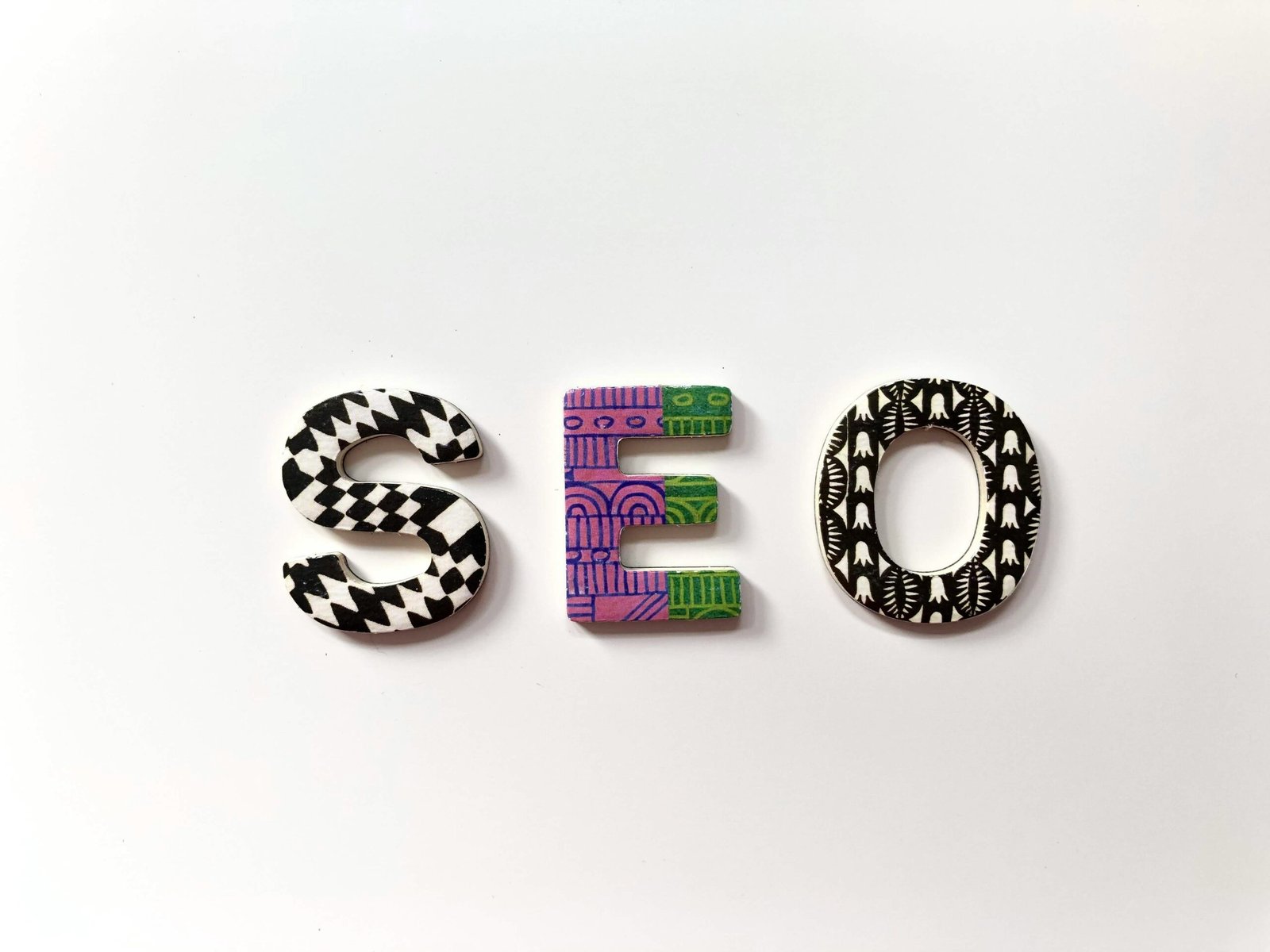
Writing instruments have evolved significantly over the centuries, transitioning from rudimentary tools like quills to advanced pens that provide both style and convenience. Among the more traditional writing instruments, the dip pen vs fountain pen debate stands as one of the most common discussions. Both pens have their distinct characteristics, history, and functionality. In this article, we will explore the differences between the two and ultimately answer the question: Is a fountain pen easier to use than a dip pen?
1. Understanding the Basics: What Are Dip Pens and Fountain Pens?
Before delving into the dip pen vs fountain pen debate, it’s essential to understand what each pen is and how it operates. These writing instruments may seem similar at first glance, but they function quite differently.
Dip Pen
A dip pen is a traditional writing instrument consisting of a handle and a detachable nib. Unlike modern pens, it lacks an internal ink reservoir, meaning the nib must be dipped into an ink bottle frequently during use. The nib is typically made of metal, and the handle can be crafted from various materials such as wood, plastic, or bone.
Dip pens are known for their versatility, especially in artistic endeavors like calligraphy and drawing. The nibs come in various sizes and shapes, each offering a different writing style. However, because of the constant need to dip the nib in ink, writing with a dip pen can be time-consuming.
Fountain Pen
A fountain pen, on the other hand, is a more sophisticated writing instrument. It features an internal ink reservoir, which feeds ink to the nib via capillary action. Unlike dip pens, fountain pens can store ink for extended writing sessions without the need for constant dipping.
Fountain pens are known for their smooth writing experience, making them popular for everyday writing, professional correspondence, and even some forms of artwork. Modern fountain pens also come with a variety of nib sizes and shapes, allowing for flexibility in writing styles.
2. The History Behind the Dip Pen vs Fountain Pen Debate
To better understand the dip pen vs fountain pen debate, it’s useful to look at the historical context of each instrument. Both pens have long and rich histories, each contributing to the evolution of writing technology.
History of the Dip Pen
The dip pen has its origins in ancient times, with the quill pen, which was made from bird feathers, being one of its earliest forms. Quills were used for writing from as early as the 6th century, particularly during the Middle Ages. Eventually, metal nibs replaced quills as they were more durable and practical.
Throughout the 19th century, dip pens were the primary writing tool for many people, especially in academic and business settings. The dip pen’s ability to be used with a variety of inks and nibs made it a versatile instrument for different writing styles and purposes. However, as writing demands increased and technology advanced, people began to seek more efficient writing tools, leading to the development of the fountain pen.
History of the Fountain Pen
The fountain pen was first developed in the early 19th century as an improvement over the dip pen. In 1827, French inventor Petrache Poenaru created a rudimentary version of the fountain pen, which included an internal ink reservoir. This eliminated the need for constant dipping, making writing faster and more convenient.
By the late 19th and early 20th centuries, the fountain pen had become the dominant writing tool in most of the world. Advancements in materials and ink delivery systems made the fountain pen a reliable instrument for everyday writing. Its popularity continued to grow, particularly in the professional and academic sectors, and it remains widely used today, although ballpoint pens and other modern writing instruments have taken over many aspects of daily writing.
3. **Ease of Use: Dip Pen vs Fountain Pen
When evaluating whether a fountain pen is easier to use than a dip pen, several factors come into play. These include ink management, writing comfort, maintenance, and the learning curve associated with each instrument.
Ink Management
One of the most significant differences between the two pens lies in how they handle ink. A dip pen, as its name suggests, requires the user to dip the nib into an ink bottle regularly. This can interrupt the flow of writing, especially during long sessions, as the user has to stop, dip the pen, and sometimes blot excess ink before continuing.
In contrast, a fountain pen stores ink internally, usually in a cartridge, converter, or bladder. The ink flows from the reservoir to the nib without any manual intervention. This makes the fountain pen far more convenient for continuous writing, as it doesn’t require frequent pauses for dipping.
In terms of ease of use, the fountain pen clearly has the advantage here. For writers who prefer an uninterrupted flow of writing, the fountain pen is a more practical choice.
Writing Comfort
Comfort during writing is another essential consideration in the dip pen vs fountain pen discussion. Dip pens are often praised for their versatility, especially in artistic applications. The user can choose from a variety of nibs, each offering a unique writing style. For example, flexible nibs allow for variations in line thickness based on pressure, making them ideal for calligraphy and detailed drawings.
However, for everyday writing, dip pens can be less comfortable. They typically require a delicate touch to control the ink flow and prevent blotting or smudging. The constant need to dip the pen can also break the flow of writing, which some users find disruptive.
Fountain pens, on the other hand, are designed for comfort and efficiency in long writing sessions. The nibs are smoother and require less pressure, reducing hand fatigue. Additionally, the continuous ink flow ensures a more consistent writing experience, making the fountain pen easier to use for extended periods.
Maintenance
Both dip pens and fountain pens require maintenance, but the type and frequency of maintenance differ significantly between the two.
With a dip pen, the user needs to clean the nib after each use to prevent ink from drying and clogging the metal. The nibs are often interchangeable, meaning users must take extra care when handling and storing them. Dip pens are also more prone to ink spills, given the need for open ink bottles during use.
Fountain pens, while more complex, tend to require less frequent maintenance. Most fountain pens only need periodic cleaning, especially if they are used regularly. The ink reservoir system minimizes the risk of spills, and modern fountain pens are designed to be user-friendly, with cartridges or converters that are easy to replace or refill.
In terms of maintenance, the fountain pen again comes out on top. While both pens require care, the fountain pen’s sealed ink system and modern design make it easier to maintain for everyday users.
Learning Curve
The learning curve is a critical factor in determining whether a fountain pen is easier to use than a dip pen. Writing with a dip pen requires more skill and practice. The user must learn how to control the pressure and angle of the pen to produce consistent lines. Dip pens are also more sensitive to the type of paper used, as some papers can cause the ink to bleed or feather.
Fountain pens, in comparison, are much more intuitive to use. The nibs are typically smoother, and the internal ink reservoir ensures consistent ink flow, even for beginners. Fountain pens are also less dependent on paper quality, making them more versatile for everyday writing.
For novice writers, the fountain pen is generally easier to pick up and use effectively, while the dip pen requires more patience and skill to master.
4. Applications: Where Does Each Pen Shine?
The dip pen vs fountain pen debate extends beyond just ease of use—it also involves understanding where each pen excels. While the fountain pen may be easier to use, the dip pen still has its unique advantages in certain areas.
Dip Pen Applications
Dip pens are widely used in artistic fields, particularly in calligraphy, illustration, and ink drawing. The variety of nibs available allows for a broad range of line thicknesses and styles, making dip pens ideal for creative expression. Artists often prefer dip pens for their ability to produce fine lines and for the control they offer over ink flow.
Calligraphers, for instance, often use dip pens for their ability to create sharp, crisp lettering. The flexibility of some dip pen nibs allows for more dynamic strokes, which is harder to achieve with a standard fountain pen nib.
Fountain Pen Applications
Fountain pens, while not as versatile as dip pens in artistic fields, are excellent for everyday writing. Their smooth ink flow and comfortable design make them ideal for letter writing, journaling, and note-taking. Fountain pens are also popular among professionals and collectors for their aesthetic appeal and craftsmanship.
Fountain pens can also be used for calligraphy and other forms of art, though they don’t offer the same level of line variation as dip pens. However, specialized fountain pen nibs, such as italic or stub nibs, can mimic some of the effects of dip pens.
5. Conclusion: Which Pen Is Easier to Use?
In the dip pen vs fountain pen debate, the fountain pen is generally easier to use for most people. Its internal ink reservoir, smooth nib, and minimal maintenance make it a practical choice for everyday writing tasks. Fountain pens are also more comfortable for long writing sessions and have a shallower learning curve, making them accessible to beginners.
That said, dip pens have their own unique advantages, particularly in artistic fields. For calligraphy, drawing, and other creative pursuits, dip pens offer greater flexibility and control over ink flow. However, the frequent need for ink dipping and the skill required to use them make dip pens more challenging for beginners.
Ultimately, the choice between a dip pen vs fountain pen depends on the user’s specific needs and preferences. If ease of use and convenience are the primary considerations, the fountain pen is the clear winner. However, for those who value artistic control and versatility, the dip pen remains an excellent choice.
click Here to visit the website






